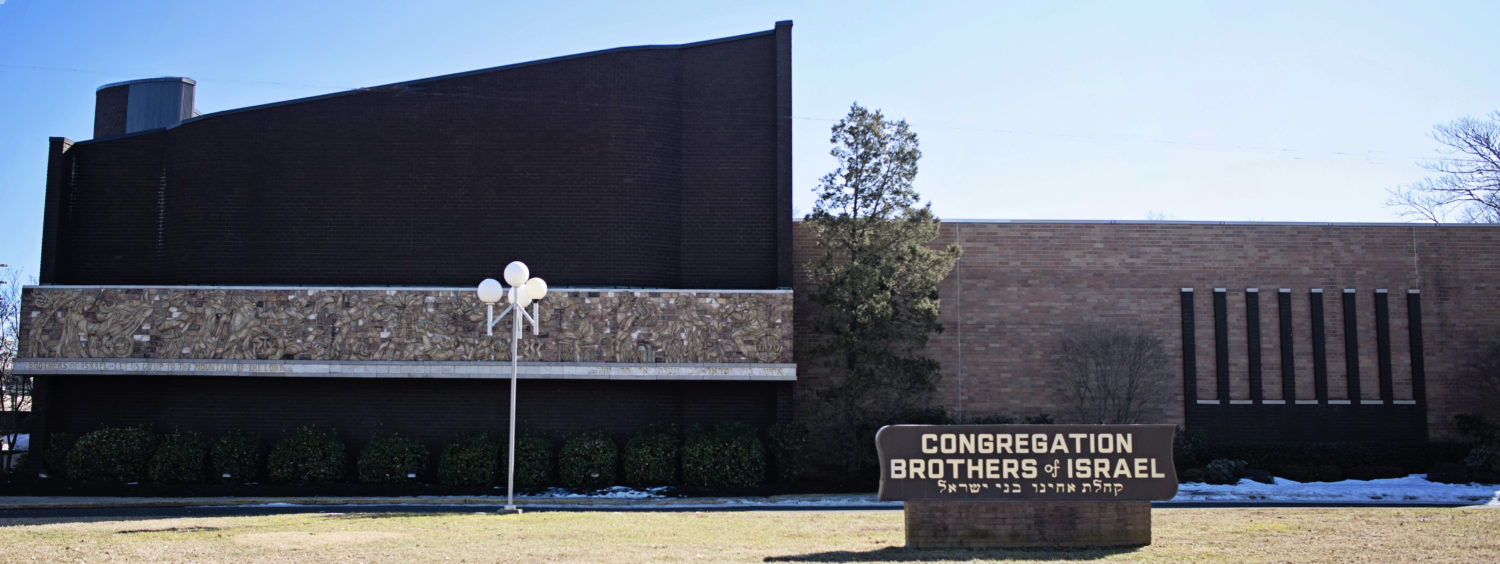Tocho k-boro
Adapted from Rabbi Braun’s sermon in 5772
Many of you know that I am not a big fan of Gematria, of trying to find value in the numerical value of the Hebrew letters. Nevertheless there are a few that have caught my eye over the years. I believe that Torah is meant to be studied seriously, poured over and analyzed until it is understood and integrated. Numbers games don’t speak to me in that way.
Yet I was drawn to one this week. Rabbi Yaakov ben Asher, the author or the code of law that preceded the Shulchan Aruch, also has a commentary to the Torah in which he primarily occupies himself with gematrias.
He notes that the phrase טהור מבית ומחוץ is numerically equal to הנה החכם יהיה תוכו כברו . Pure from inside and out = behold the sage should be equal on the inside and outside.
These are not one word calculations so I pulled out my phone and added each one up. The first phrase equaled 822 and the second equaled 823 which is close enough in the world of Gematria.
My first thought after reading this was, God how long did it take him to think this up? My second thought was – this gematria is a cute way to introduce and remember a critical lesson about the Torah and the rabbis.
Let me explain. When describing the Aron, the ark in the tabernacle that is to hold the Torah the Torah records: וצפית אתו זהב טהור מבית ומחוץ תצפנו You should cover it in pure gold, and you must cover the wood in gold from the inside and outside. Imagine an ark here with a golden outside and when you opened it up, it would be golden as well. That would be stunning but physical beauty is not why the sages thought this was commanded.
We learn in the Gemara in Yoma 72b
מבית ומחוץ תצפנו אמר רבא: כל תלמיד חכם שאין תוכו כברו – אינו תלמיד חכם
What do we learn from the fact that both the inside and outside must be coated in gold? That your inside and outside must be the same, they must be equal. Rava extends that principle to the Torah scholar- he argues that any Talmid Chacham who does not have this quality, whose interior and exterior don’t match, is not a Talmid Chacham.
This concern was taken so seriously that according to some this was reason to bar you from entry into a yeshiva.
He was eighteen years old that day, and a miracle was wrought for him and eighteen rows of hair [on his beard] turned white. That is why R. Eleazar b. Azariah said: Behold I am about seventy years old,2 and he did not say [simply] seventy years old. A Tanna taught: On that day the doorkeeper was removed and permission was given to the disciples to enter. For Rabban Gamaliel had issued a proclamation [saying]. No disciple whose character does not correspond to his exterior3 may enter the Beth ha-Midrash. On that day many stools4 were added.
That extension requires clarification. I understand that in the holiest of holies, the ark that holds our most treasured possessions… (Talmud Berachot 28a)
Rabbi Elazar ben Azariah thought that a student without that quality can enter the Beit Midrash but according to Rabban Gamliel that student should be and was barred from entry.
One certainly has to wonder:
Why does Rava believe that a sage without this quality is not a sage? How does he learn that from the requirement of the ark? What’s the connection?
Why would Rabban Gamiel not allow a student without that quality in the Beit Midrash? Why keep so many students from learning Torah? Don’t they deserve to learn too?
Recent events and encounters have helped me to understand the following.
The Ark and Torah must be pure and consistent because they are the heart and soul of Judaism.
We extend that to the sage because like it or not the Talmid Chacham and Rabbi represent Judaism to Jews and to the world. How they act or don’t act is a reflection upon God and the Torah. If they act in a certain manner, externally to the world but internally do not reflect True Torah values people will sense the discrepancy and come to disrespect the religion and Torah because of it.
That is why Rava says – any person like that is not a Talmid Chacham- don’t be fooled, don’t let that person stand for Judaism.
That is why Rabban Gamliel did not allow such a person into the Beit Midrash. It wasn’t because they should not learn, it was because Rabban Gamliel was afraid that they would go out and misrepresent Torah Judaism to the world.
Unfortunately not all rabbis represent us well. But I will leave you with one positive thought that gives me solace.
History seems to be on our side. The rabbis who are remembered as giants, the great ones, the true Gedolim all seem to have this quality. It seems that history judges those who don’t have the quality as Rava did- they are not true Talmidei Chachamim.
Think of Rav Moshe Feinsten and Rav Shlomo zalman Auerbach, arguably the two greatest Jews of the 20th century here and in Israel. They were Genuine Torah scholars who embodied the torah and lived its ideals in every fiber of their being. Think of Rav Kook and Rabbi Soloveitchik.
Those are our giants!


